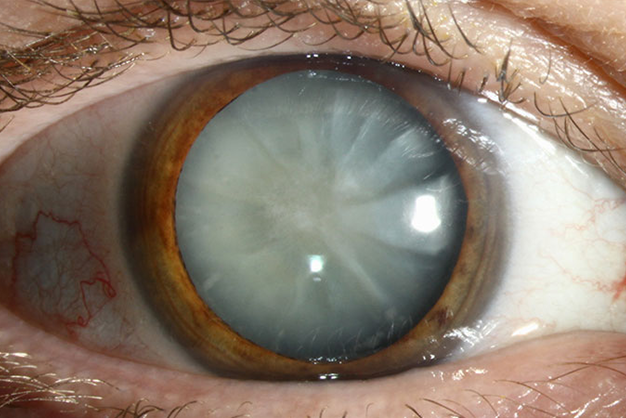
Ophthalmology
Understanding Ophthalmology: A Comprehensive Overview of Eye Health
February 2024

The field of ophthalmic surgery has witnessed remarkable advancements in recent years, thanks to cutting-edge technologies that are revolutionizing the way eye conditions are diagnosed and treated. From laser-assisted procedures to robotic surgeries, these innovations are enhancing precision, safety, and outcomes for patients. In this article, we will explore some of the groundbreaking advancements in ophthalmic surgery and their transformative impact on eye care.
Laser-Assisted Cataract Surgery :
Cataract surgery, one of the most common ophthalmic procedures, has seen a significant leap forward with the introduction of laser-assisted techniques. This section will delve into femtosecond laser technology, which enables surgeons to perform key steps of cataract surgery with enhanced precision. Laser-assisted cataract surgery offers more predictable outcomes and faster recovery times compared to traditional methods.
Refractive Surgery with Femtosecond Lasers :
Femtosecond lasers are also being employed in refractive surgery procedures like LASIK (Laser-Assisted In Situ Keratomileusis). This section will explore how femtosecond lasers create precise corneal flaps, enhancing the safety and accuracy of refractive surgery. Patients undergoing LASIK with femtosecond lasers often experience quicker healing and improved visual outcomes.
Robotic-Assisted Surgery in Retinal Procedures :
Robotic-assisted surgery has entered the realm of ophthalmology, particularly in retinal procedures. This section will discuss the use of robotic systems for delicate surgeries like retinal detachment repair and vitrectomy. The robotic platforms enable surgeons to manipulate instruments with increased dexterity, enhancing the precision of these intricate procedures.
Micro-Invasive Glaucoma Surgery (MIGS) :
Advancements in glaucoma surgery have led to the development of Micro-Invasive Glaucoma Surgery (MIGS), which uses minimally invasive techniques to reduce intraocular pressure. This section will explore various MIGS procedures, such as trabecular microbypass stents and suprachoroidal shunts, highlighting their efficacy in managing glaucoma while minimizing trauma to the eye.
Corneal Cross-Linking for Keratoconus :
Corneal cross-linking is a groundbreaking advancement in the treatment of keratoconus, a progressive eye disorder. This section will delve into how this procedure strengthens the cornea by promoting the formation of collagen bonds, slowing down the progression of keratoconus. Corneal cross-linking has become a game-changer in preserving vision for individuals with this condition.
Artificial Intelligence in Ophthalmic Surgery :
Artificial Intelligence (AI) is making significant strides in ophthalmology, aiding surgeons in preoperative planning and enhancing diagnostic accuracy. This section will explore how AI is being used to analyze imaging data, predict surgical outcomes, and assist in customized treatment plans, contributing to more personalized and efficient care.
3D Visualization in Vitreoretinal Surgery :
The incorporation of three-dimensional (3D) visualization systems in vitreoretinal surgery is enhancing surgeons' ability to navigate complex anatomical structures. This section will discuss how 3D visualization technology provides depth perception and spatial awareness, facilitating more precise maneuvers during vitreoretinal procedures.
Intraoperative Optical Coherence Tomography (OCT) :
Intraoperative Optical Coherence Tomography (OCT) has become a valuable tool in ophthalmic surgery, offering real-time imaging during procedures. This section will explore how intraoperative OCT assists surgeons in visualizing tissue structures with high resolution, aiding in decision-making and ensuring optimal outcomes.
Advancements in ophthalmic surgery are ushering in a new era of precision, safety, and improved outcomes for patients. From laser-assisted cataract surgery to robotic-assisted retinal procedures and the integration of artificial intelligence, these cutting-edge technologies are shaping the future of eye care. As ophthalmologists continue to embrace and refine these innovations, patients can look forward to more efficient, personalized, and successful surgical interventions, marking a significant leap forward in the field of ophthalmic surgery.

Ophthalmology
February 2024